Some of the most beloved dog breeds are also the most genetically compromised—products of decades, or even centuries, of selective breeding that prioritized appearance over health. These dogs may be adored for their flat faces, wrinkled skin, or unique body proportions, but they often pay a steep price in terms of chronic health problems, shorter lifespans, and diminished quality of life. Here are 10 popular dog breeds that are genetically doomed due to their breeding history.
French Bulldog
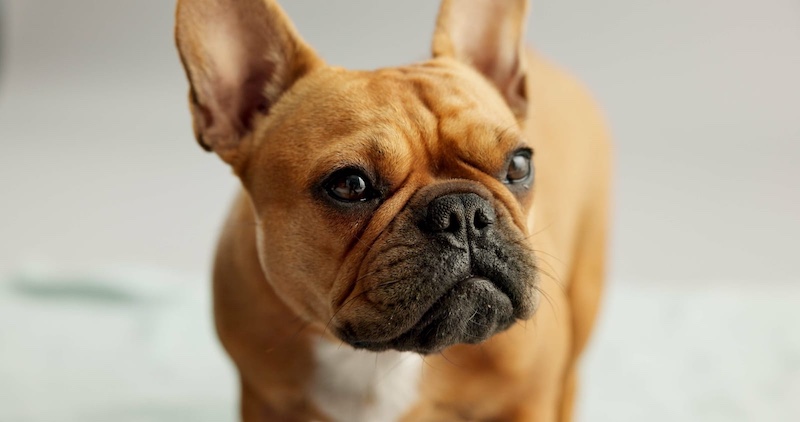
One of the trendiest breeds in the world, the French Bulldog is also one of the unhealthiest. Their flat faces (brachycephaly) make them prone to breathing issues, overheating, and sleep apnea. According to a 2022 study published in Canine Medicine and Genetics, French Bulldogs are significantly more likely to suffer from 20 common disorders compared to non-pedigree dogs. Natural reproduction and birth are often impossible without human intervention, making them biologically unsustainable.
English Bulldog

Like the Frenchie, the English Bulldog is built on extreme physical traits that lead to extreme health consequences. Chronic skin infections, joint disorders, heart problems, and severe respiratory issues are all common. A 2016 study from the Royal Veterinary College found that many Bulldogs can’t even exercise normally due to their compromised airways. Their average lifespan is just 6–8 years, largely due to their genetics.
Pug
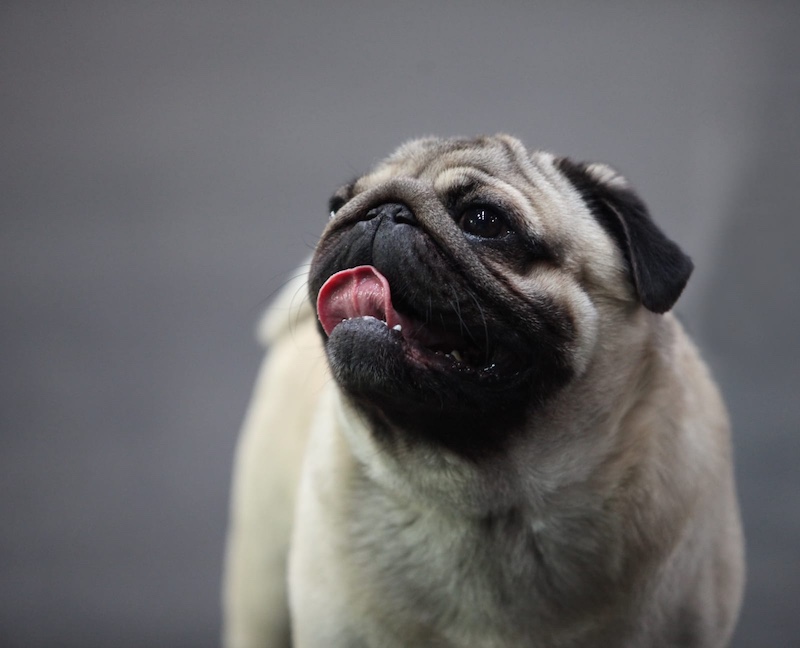
With their bulging eyes, curled tails, and smushed noses, pugs are endearing—but dangerously malformed. They are prone to a laundry list of health problems, including eye prolapse, spinal deformities, and breathing difficulties. A 2022 study revealed that Pugs are 54 times more likely to develop brachycephalic obstructive airway syndrome (BOAS) compared to other dogs.
Cavalier King Charles Spaniel
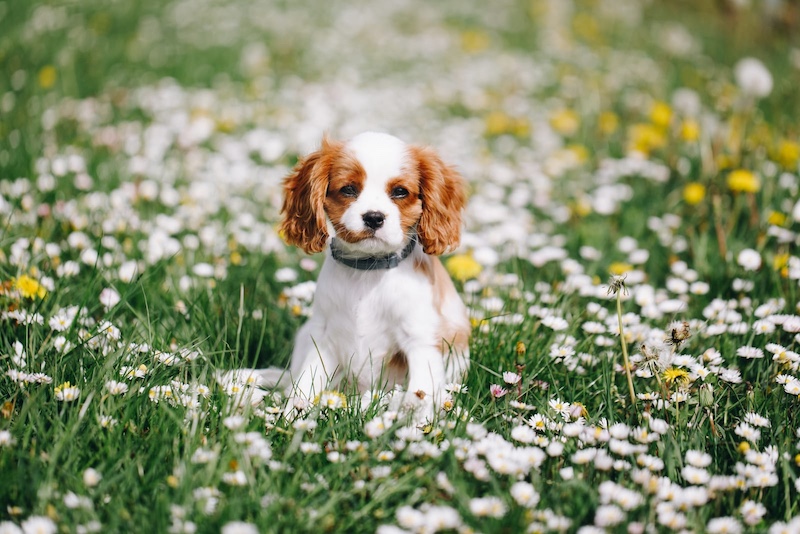
This sweet and gentle toy breed is plagued by a heartbreaking genetic disorder: syringomyelia. This condition, caused by a skull that’s too small for the brain, leads to fluid-filled cavities in the spinal cord. Symptoms include extreme pain, neck scratching, and even paralysis. Studies estimate that over 70% of Cavaliers develop this condition by age 6.
Dachshund
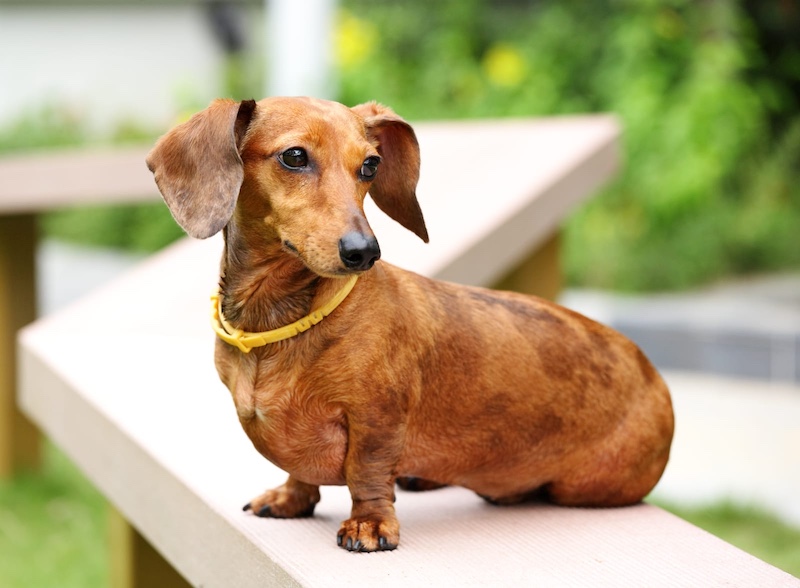
Dachshunds are charming and comical, but their elongated spines are a disaster waiting to happen. Up to 25% of Dachshunds will suffer from intervertebral disc disease (IVDD), a painful and often debilitating condition that can cause paralysis. Their risk is largely the result of their exaggerated body proportions, a trait humans bred into them.
German Shepherd
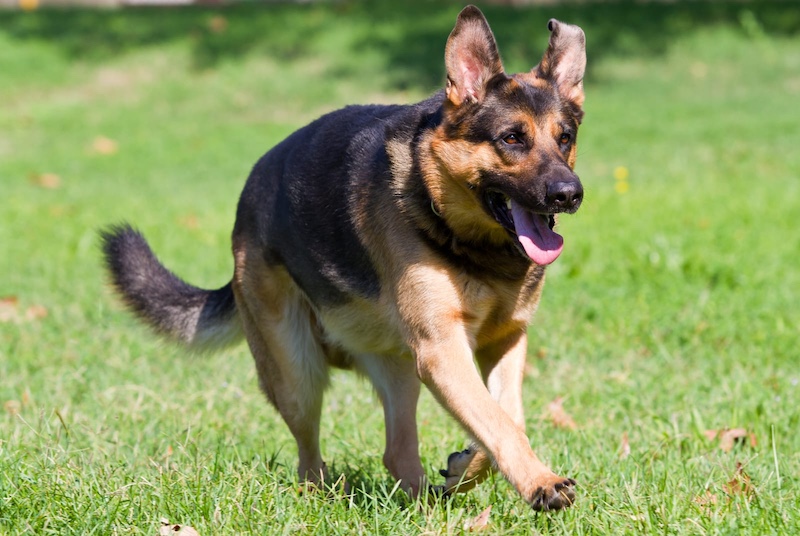
The modern German Shepherd often suffers from hip and elbow dysplasia, degenerative myelopathy, and other joint-related conditions. While they were originally bred for utility and athleticism, today’s show-line Shepherds often have sloping backs that exacerbate their structural issues. According to the Orthopedic Foundation for Animals, roughly 20% of German Shepherds suffer from hip dysplasia.
Shar Pei
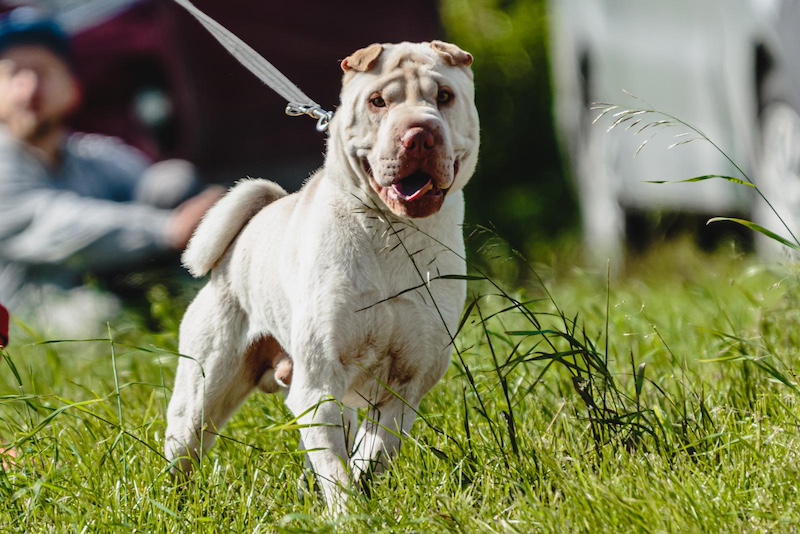
The wrinkled skin that makes Shar Peis so recognizable also makes them genetically vulnerable. Many suffer from Shar Pei Fever, a hereditary condition that causes swelling, fever, and kidney failure. They are also prone to entropion (where eyelids fold inward), skin infections, and allergies—all due to their excessive skin folds and narrow gene pool.
Boxer
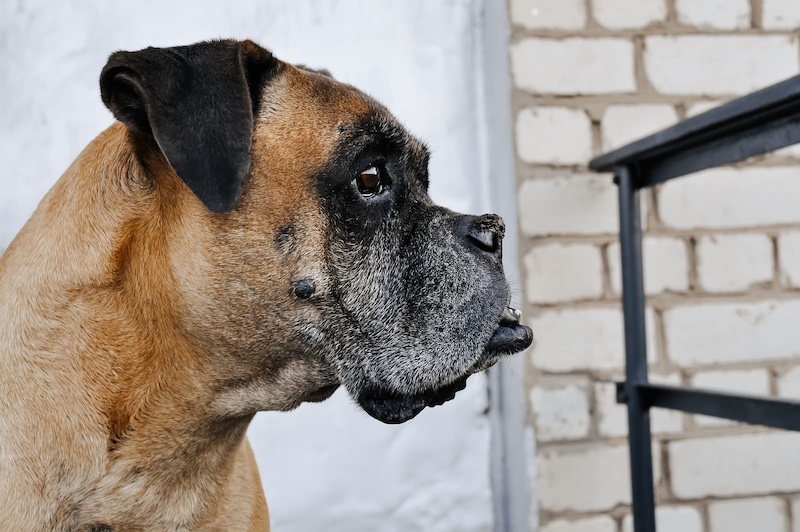
Boxers are affectionate and energetic dogs, but they’re genetically predisposed to numerous cancers, particularly mast cell tumors and lymphoma. According to the American Boxer Club, cancer is the leading cause of death in the breed. Boxers are also prone to heart disease, epilepsy, and hip dysplasia.
Chow Chow
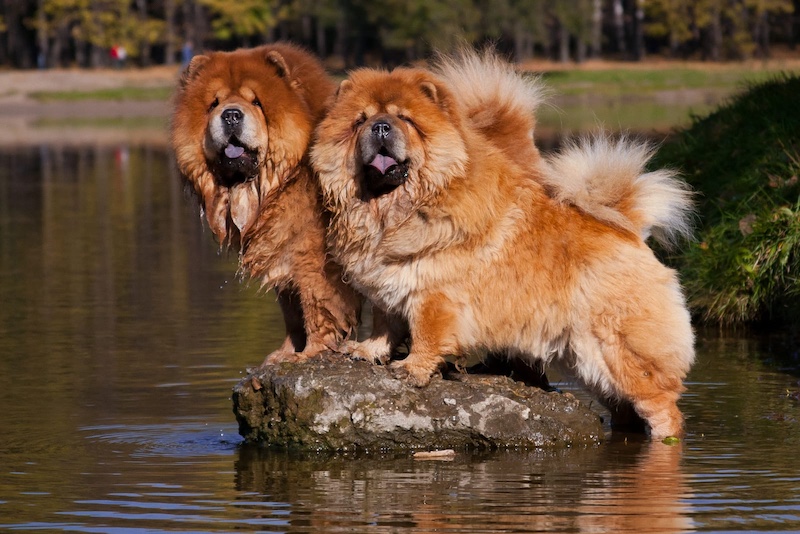
This ancient breed may look like a cuddly teddy bear, but their genetics tell a darker story. Chow Chows are prone to autoimmune diseases, hip dysplasia, entropion, and thyroid dysfunction. Their short, wide skulls also contribute to respiratory problems, and they have one of the highest incidences of elbow dysplasia among purebred dogs.
Great Dane
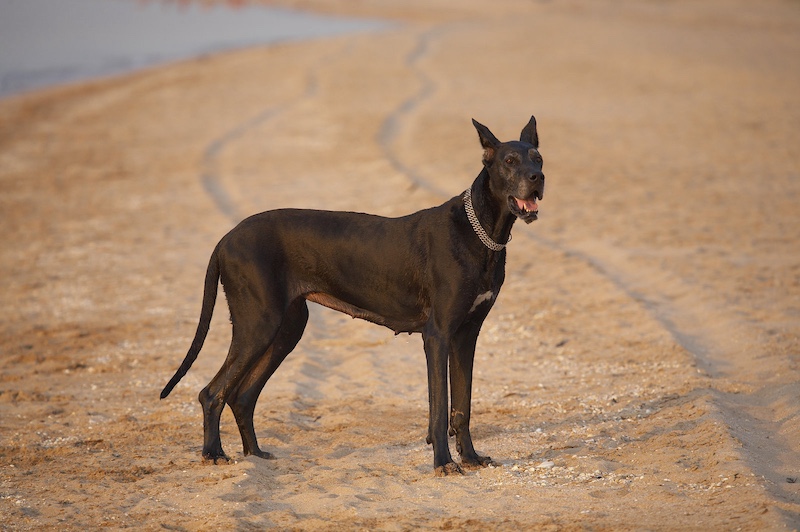
Known as gentle giants, Great Danes are sadly some of the shortest-lived dogs. Their average lifespan is just 6–8 years. They are genetically prone to bloat (gastric torsion), which can kill within hours if untreated, as well as cardiomyopathy and various bone cancers. Their massive size, a trait humans exaggerated through breeding, puts enormous strain on their organs and joints.
- Please Note: This content was created with the assistance of AI and thoroughly edited by a human before publishing.

